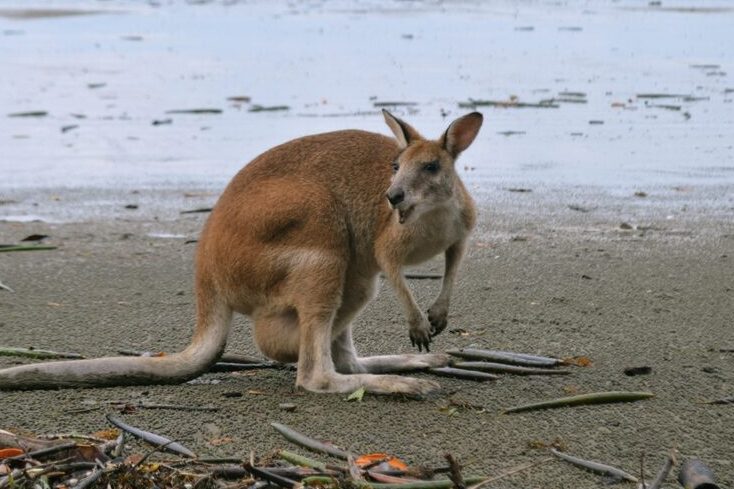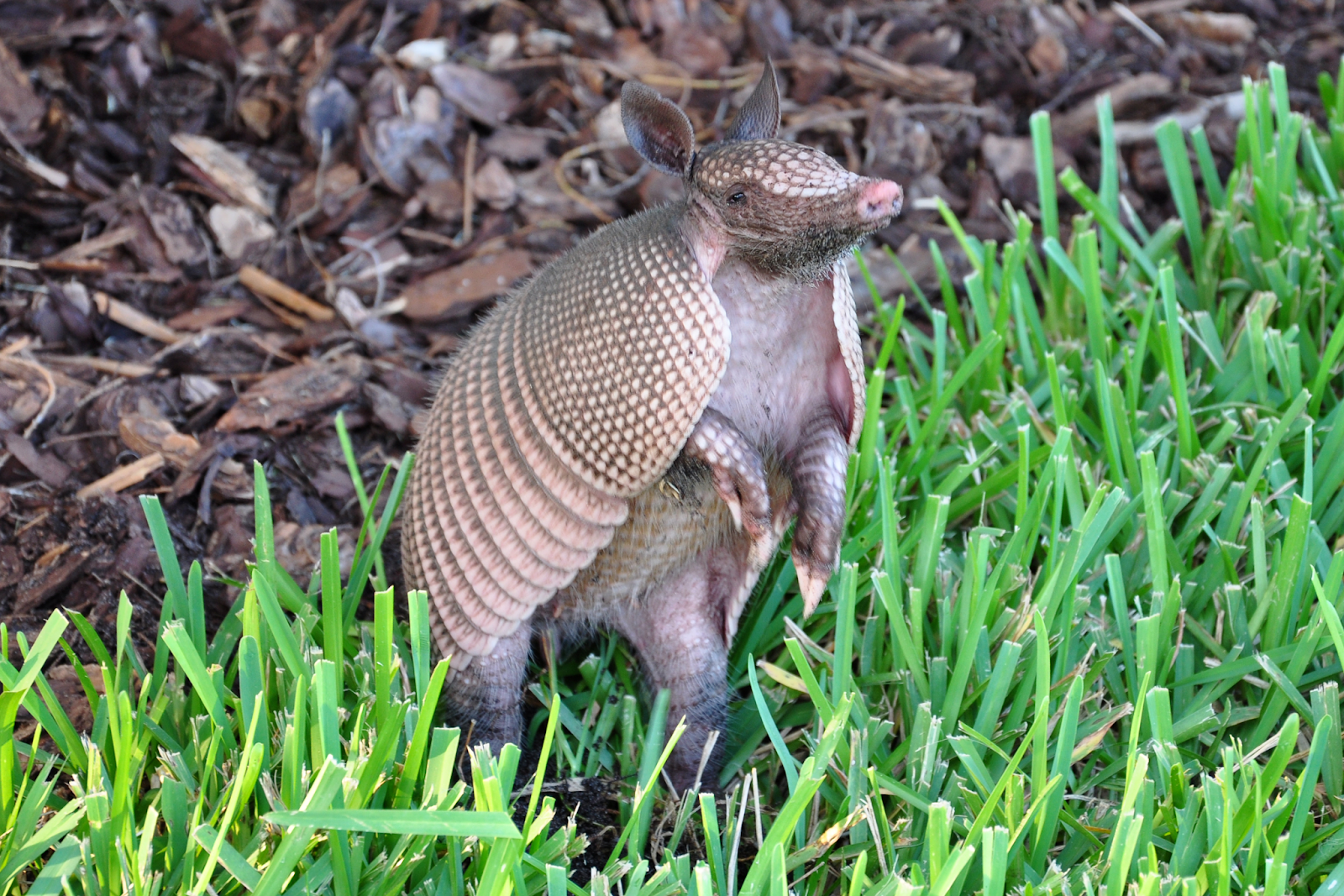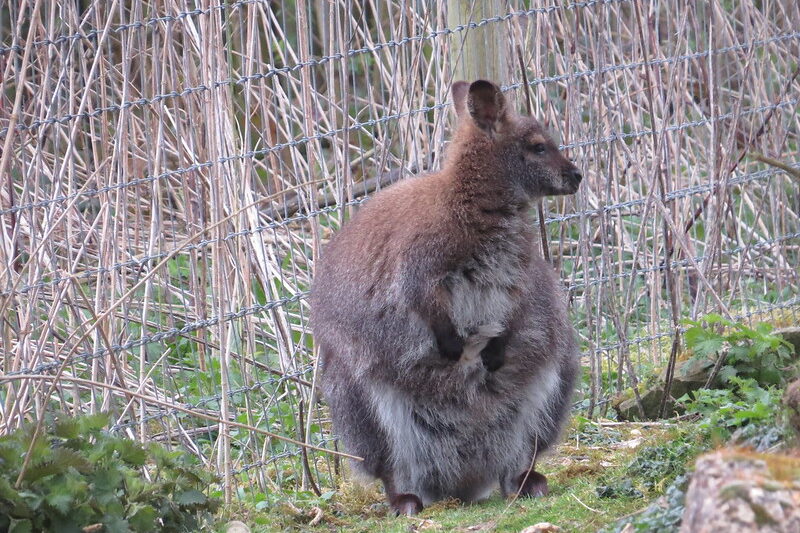1. The Mighty Kangaroo—The Ultimate Baby Scheduler

Kangaroos have one of the most bizarre superpowers in the animal kingdom: they can press pause on pregnancy whenever life gets a little too complicated. Imagine if humans could delay a pregnancy until they had a better job, a bigger house, or just felt ready. That’s exactly what kangaroos do. If food is scarce, the environment is rough, or they already have a little joey in the pouch, their bodies put everything on hold until conditions improve.
This incredible process is called embryonic diapause, and it allows a kangaroo to essentially keep a fertilized egg in sleep mode for months. Only when the conditions are just right does the pregnancy resume, and the tiny baby starts growing again. Even more mind-blowing? A mother kangaroo can have three babies at different stages of development—one on hold, one nursing in the pouch, and one hopping around. Talk about multitasking!
2. Bears—Because Hibernation and Pregnancy Don’t Mix

Bears have a tough decision to make every winter: survive the brutal cold or focus on raising a family. Since they can’t do both, they use a genius trick—pausing their pregnancy until they wake up from hibernation. After mating in the summer, a bear’s body does not immediately commit to pregnancy. Instead, the fertilized egg just floats around inside, waiting for the bear to fatten up. If she’s gained enough weight by the time she settles into her winter den, her body gives the green light to resume pregnancy. If not? The embryo is quietly reabsorbed, as if it never existed.
This means a bear’s pregnancy is entirely dependent on whether she ate enough before winter. No food, no babies. But if she’s successfully packed on the pounds, she’ll wake up in spring with brand-new cubs—tiny, blind, and completely dependent. The fact that bears can time their births to match their survival needs is nothing short of incredible.
3. Sea Otters—Floating Parenthood on Hold

Sea otters are already fascinating creatures, but their ability to pause pregnancy takes them to another level. These adorable marine mammals have to deal with unpredictable ocean conditions, food shortages, and even predators like sharks. So instead of rushing into motherhood at the wrong time, female sea otters can delay their pregnancies until they feel their environment is safe enough to raise a pup.
This delay can last for several months, meaning an otter’s total pregnancy length can range anywhere from four to twelve months! When the time is right, the embryo reactivates, and the pregnancy resumes. This trick ensures that when an otter finally gives birth, she’s in the best possible condition to care for her baby—because an unhealthy mother floating in the ocean with a newborn would be a disaster waiting to happen.
4. Badgers—Waiting for the Perfect Season

Badgers don’t like to rush things—especially when it comes to having babies. Like bears, they use embryonic diapause to delay pregnancy until conditions are just right. Mating happens in late summer, but the fertilized egg won’t attach to the uterus until winter. This means that even though badgers technically conceive months earlier, actual development doesn’t begin until the cold season rolls in.
Why wait? Because badgers are strategic. Giving birth in the middle of a harsh winter would be disastrous, but timing it so the cubs arrive just as spring begins? Perfect. By pausing pregnancy, badgers ensure their babies are born when food is plentiful and survival odds are at their highest. It’s nature’s way of making sure newborn badgers don’t enter the world at the worst possible moment.
5. Armadillos—Nature’s Slowest Surprise Pregnancy

If you thought nine months was a long time to wait for a baby, armadillos will make you rethink everything. These armored little creatures have the longest recorded embryonic diapause in mammals, sometimes delaying pregnancy for up to two years! Imagine deciding you’re ready for a baby and then realizing you actually conceived in 2022—wild, right?
This extreme delay is especially common in the nine-banded armadillo. By pausing pregnancy, they avoid giving birth during food shortages or extreme weather. And here’s another fun twist: when the pregnancy finally resumes, armadillos always give birth to four genetically identical babies. It’s like nature’s built-in cloning system, ensuring that when conditions are finally right, they maximize their chances of survival.
6. Roe Deer—Europe’s Tiny Pregnancy Wizards

The roe deer might look delicate, but when it comes to reproductive timing, they’re absolute masters. These deer mate in summer, but just like badgers, their embryos don’t start developing until winter. This means that while a roe deer technically conceives in July or August, she won’t give birth until the following May or June.
Why the delay? It’s all about survival. If a fawn is born too early, it won’t survive the cold; if it’s born too late, there won’t be enough food for the mother to nurse it. So instead of taking risks, roe deer use embryonic diapause to control the exact moment pregnancy kicks back into gear. The result? Perfectly timed births that ensure fawns arrive in the safest and most food-abundant season.
7. Certain Marsupials—Masters of Birth Control

Kangaroos aren’t the only marsupials with this insane ability—wallabies and some possums also know how to hit the “pause” button on pregnancy. Just like their kangaroo cousins, they use embryonic diapause to delay development if conditions aren’t ideal. Whether it’s a drought, food scarcity, or even just an already-full pouch, these marsupials have built-in pregnancy control that makes human birth planning look outdated.
This means a wallaby can mate, conceive, and then completely ignore the pregnancy for months. Only when she’s fully ready does the embryo resume growing. And, like kangaroos, wallabies can have multiple babies at different stages—one in diapause, one nursing, and one bouncing around outside. It’s a mind-boggling level of reproductive control that ensures their species survives no matter how unpredictable their environment gets.


